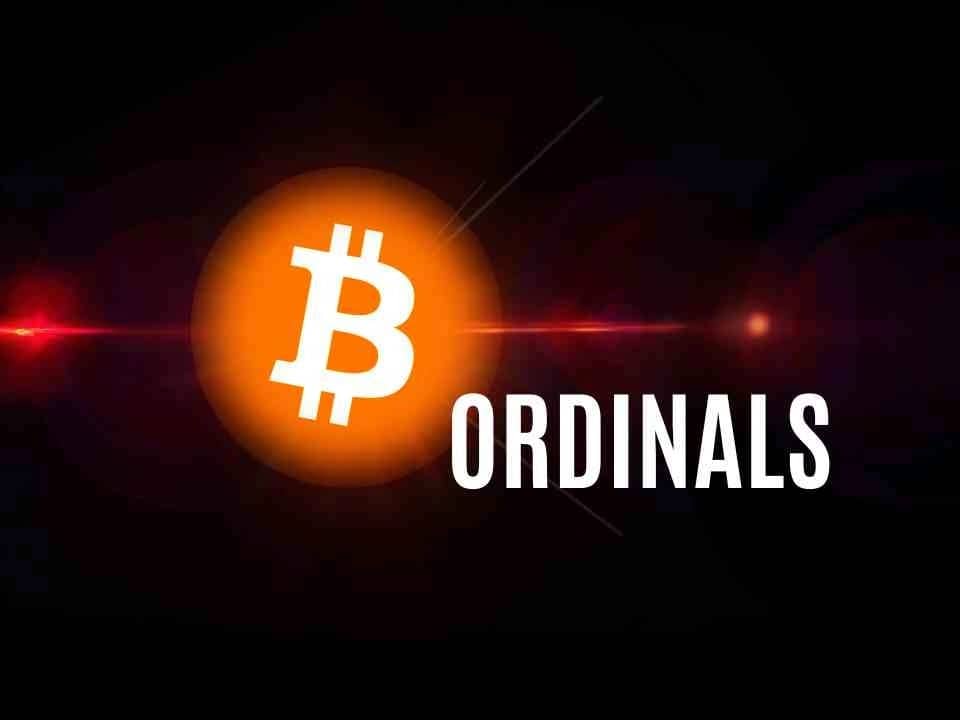위키 구독하기
Share wiki
Bookmark
Bitcoin Ordinals
Bitcoin Ordinals
비트코인 오디널스는 비트코인의 최소 단위인 사토시에 새겨진 대체불가토큰(NFT)의 한 형태입니다. 비트코인 오디널스 분야의 주목할 만한 컬렉션으로는 오디널 펑크, 탭루트 위저드, 비트코인 록스, 그리고 TwelveFold가 있습니다.
개요
2023년 1월 21일, 소프트웨어 엔지니어이자 비트코이너인 케이시 로다모어(Casey Rodarmor)가 비트코인 메인넷에 비트코인 오디널스 프로토콜을 출시했습니다. 그는 2021년 11월 비트코인 탭루트 업그레이드 이후인 2022년에 프로젝트 작업을 시작했는데, 이 업그레이드를 통해 블록체인에서 프로그래밍 가능한 스마트 계약을 생성할 수 있게 되어 오디널스 개념이 가능해졌습니다. [1][2]
이더리움의 NFT는 분산형 파일 저장 시스템인 IPFS의 체인 외부 데이터를 참조합니다. 이 데이터는 동적 메타데이터를 통해 수정될 수 있으며, 일부 NFT 프로젝트에서 개별 NFT의 메타데이터를 업데이트하여 이미지 품질을 향상시킨 것이 이를 보여줍니다. 이 기능은 로다모어가 해결하고자 하는 NFT의 결함을 강조합니다. NFT와 비교하여 오디널스는 모든 데이터가 체인에 저장되므로 "완전한" 것이며, 따라서 비트코인 NFT가 아닌 "디지털 아티팩트"로 간주됩니다. 또한 NFT에는 종종 로열티가 부과되는 반면, 디지털 아티팩트에는 로열티가 없습니다. [3]
역사
비트코인 오디널스 프로토콜이 성공적으로 출시될 수 있도록 기반을 마련한 여러 NFT 프로젝트와 비트코인 생태계 업데이트가 있었습니다.
비트코인 NFT 역사
비트코인에서 NFT를 생성하려는 최초의 시도는 2012년에 만들어진 컬러드 코인(Colored Coins) 프로젝트였습니다. 이 프로젝트는 블록체인에서 비트코인이 아닌 자산을 나타내기 위해 만들어졌습니다. 그러나 컬러드 코인은 일반 비트코인과 쉽게 구별되지 않아 비효율적인 것으로 판명되었습니다. [4][5]
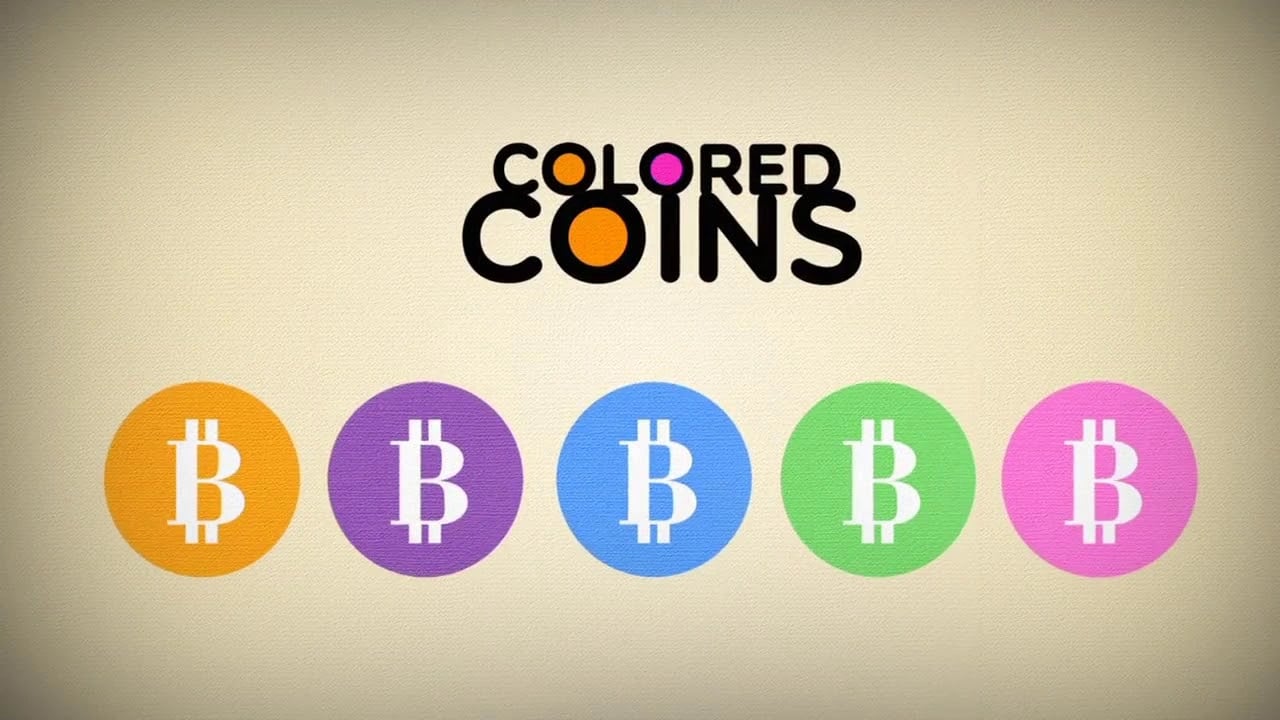
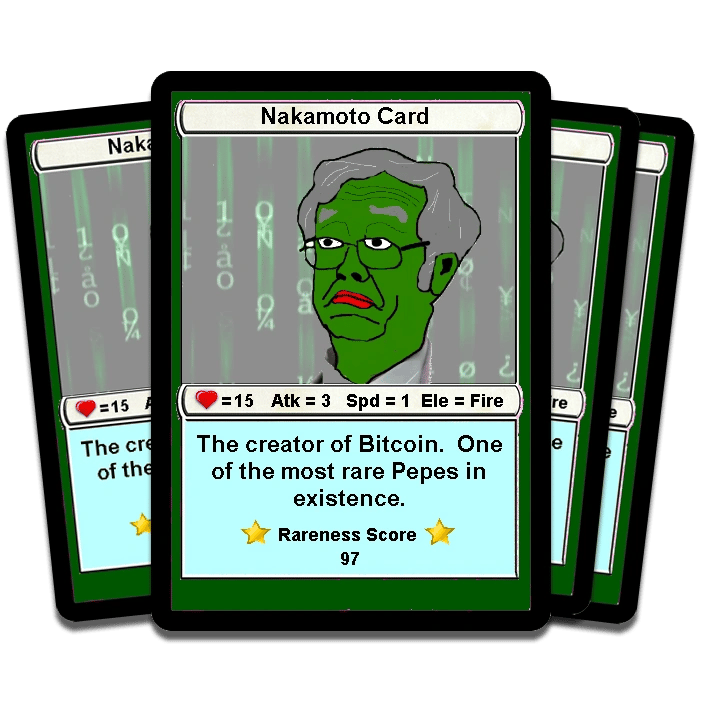
비트코인 업그레이드
이 프로젝트가 출시될 수 있도록 기반을 마련한 몇 가지 업그레이드도 있었습니다. 가장 중요한 업그레이드 중 하나는 2017년에 출시된 분리된 위임(Segregated Witness, SegWit)입니다. SegWit 업그레이드는 비트코인 코어의 여러 버그를 수정하여 블록당 더 많은 트랜잭션을 허용하고 라이트닝 네트워크와 같은 2계층 결제 채널의 기반을 마련했습니다. 그러나 SegWit은 논란이 많았으며, 네트워크의 하드 포크로 이어져 경쟁 블록체인인 비트코인 캐시와 비트코인 SV가 출시되었습니다. [7]
2021년에 도입된 탭루트 업그레이드는 비트코인 트랜잭션에 더 많은 개인 정보를 제공하고 트랜잭션에 필요한 데이터 양을 줄여 트랜잭션 비용을 낮추는 것을 약속했습니다. 이 업그레이드를 통해 더 복잡한 트랜잭션이 표준적인 개인 간 트랜잭션처럼 보이게 되어 비트코인 블록체인에서 트랜잭션 입력을 식별하기가 더 어려워졌습니다. 이러한 이전 시도와 비트코인 생태계의 업데이트는 로다모어에게 최근 오디널스 프로토콜을 성공적으로 출시하는 데 필요한 영감과 지식을 제공했습니다. [7]
주목할 만한 오디널스 프로젝트
비트코인 오디널스 분야의 주목할 만한 컬렉션으로는 오디널 펑크, 탭루트 위저드, 비트코인 록스, 그리고 TwelveFold가 있습니다.
오디널 펑크
오디널 펑크는 인기 있는 CryptoPunks 프로젝트에 경의를 표하는 100개의 비트코인 NFT 컬렉션입니다. 이 NFT는 오픈소스 알고리즘을 사용하여 192x192 픽셀 이미지의 생성형 PFP 컬렉션을 통해 만들어졌습니다. 이 프로젝트의 인프라 요구 사항으로 인해 NFT에 대한 입찰과 매도는 Google 스프레드시트에서 관리되며, 프로젝트 제작자가 Discord에서 에스크로 역할을 합니다. [8][9]
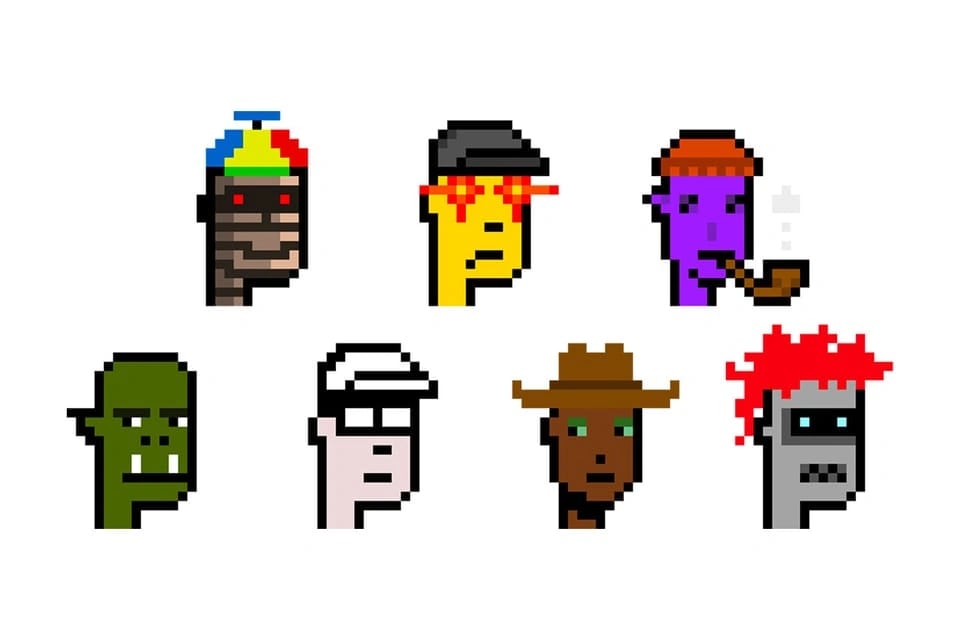 탭루트 위저드
탭루트 위저드

탭루트 위저드는 비트코인 체인의 또 다른 주목할 만한 오디널스 컬렉션으로, 비트코인 체인에 새겨진 손으로 그린 NFT 마법사로 구성되어 있으며, 652번 비문부터 시작됩니다. 이 컬렉션의 첫 번째 오디널은 비트코인 역사상 가장 큰 블록과 트랜잭션으로 4MB에 달합니다. [9][10]
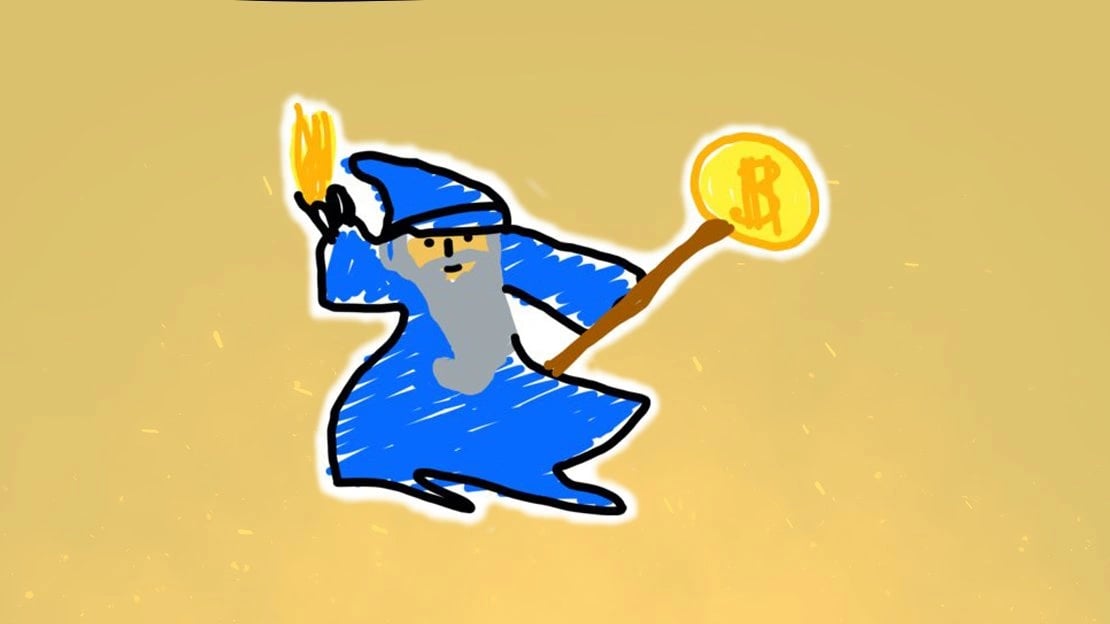 비트코인 록스
비트코인 록스

비트코인 록스는 초기 이더리움 NFT 수집품 프로젝트인 이더 록스(Ether Rocks)에서 영감을 받은 100개의 NFT로 구성된 한정판 컬렉션입니다. 이 컬렉션은 NFT의 초기 시대에 경의를 표하며 비트코인과 NFT 커뮤니티의 교차점을 보여주는 예입니다. 이 컬렉션의 일부 NFT는 최대 1,000 BTC에 상장되었습니다. [9][11]
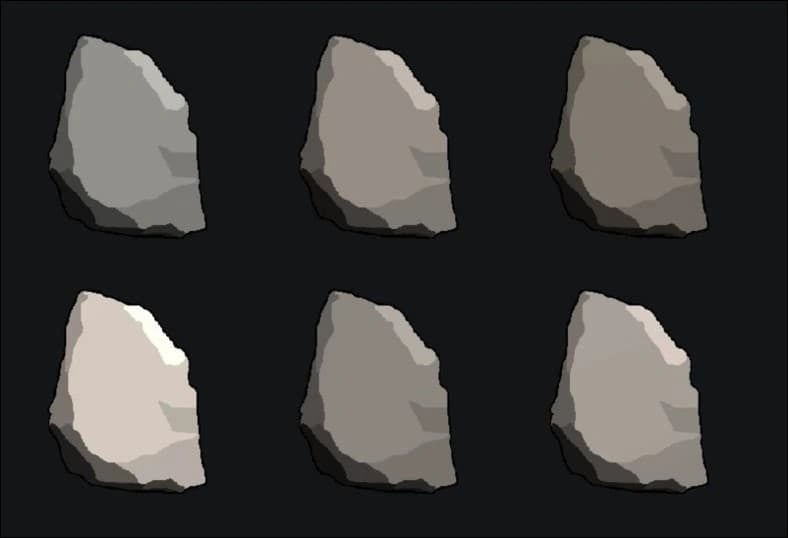
TwelveFold
Twelvefold는 Yuga Labs의 비트코인 블록체인 기반 실험적인 300피스 컬렉션입니다. 생성형 작품은 Yuga Labs의 최고 콘텐츠 책임자인 Figge가 제작했습니다. 이 컬렉션은 12를 기본으로 하는 그리드를 특징으로 하며, 그리드의 144개 지점 각각은 색상과 크기가 다른 반짝이는 공입니다. 경매는 2023년 3월 6일에 종료되었으며 288건의 성공적인 입찰로 총 1,649만 달러의 BTC가 모금되었습니다. [12][13]
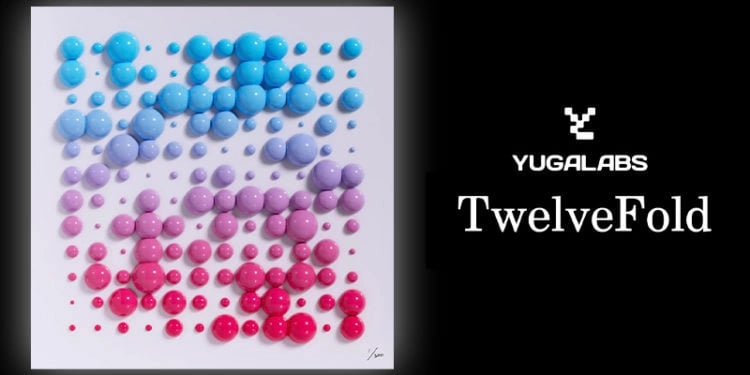
잘못된 내용이 있나요?
